In recent years, designer architectural hardware has emerged as a silent yet powerful design language in modern interiors. From sleek door handles and statement knobs to minimalistic hinges and high-end cabinet pulls, these finishing touches are no longer just functional—they’re style-defining elements. Whether you’re an interior designer, architect, builder, or a style-savvy homeowner, it’s hard to ignore the growing buzz around this niche, yet crucial, component of space design.
So, what exactly is designer architectural hardware, and why is it trending like wildfire in contemporary architecture and interior design circles? Let’s dive into the rise of this trend and explore why hardware is finally stepping into the spotlight.

What Is Designer Architectural Hardware?
Architectural hardware refers to the metal fixtures and fittings used in building design. Traditionally, this includes door handles, locks, hinges, hooks, pulls, knobs, and brackets—essential parts for structure and movement in a building. When we say designer, we’re talking about the fusion of form and function. It’s no longer just about “what works” but what wows.
Designer architectural hardware elevates these components from basic to breathtaking. Think of sculptural handles in brushed brass, matte black concealed hinges, or artisanal knobs crafted from natural stone or leather. These details create visual cohesion, add tactile luxury, and contribute to the overall aesthetic of a space—whether residential, commercial, or hospitality.
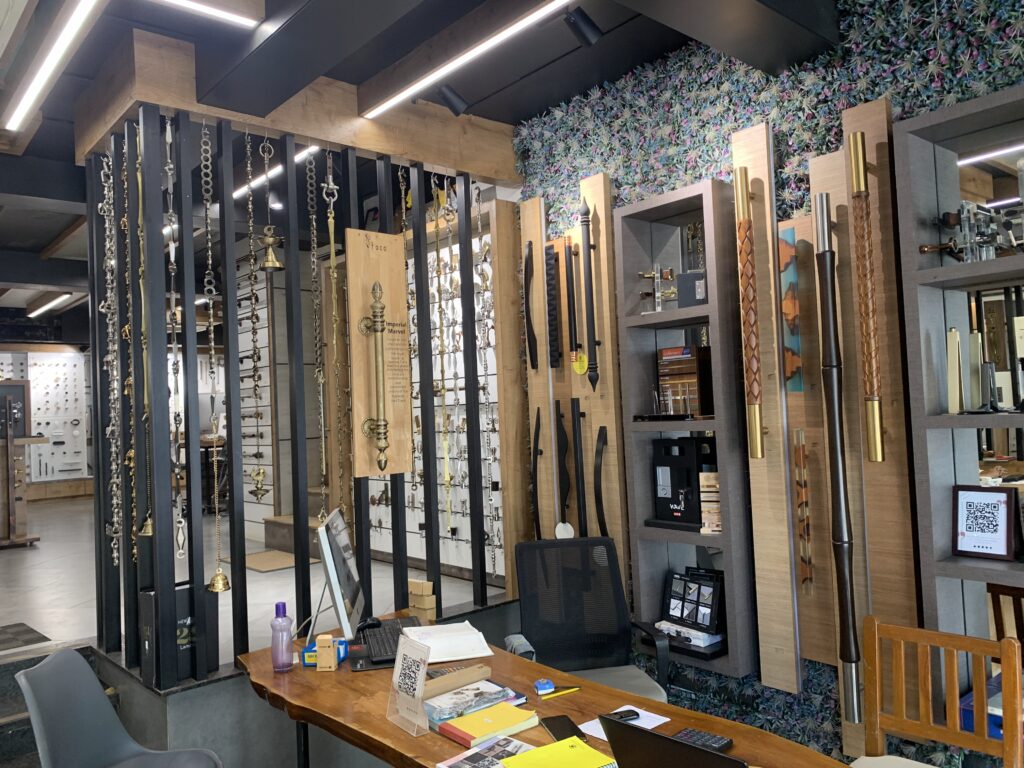
Why It’s More Than a Trend—It’s a Design Revolution
There was a time when hardware was an afterthought—buried in product catalogs or sourced last-minute during a renovation. Not anymore. Today, architectural hardware is curated, custom-selected, and often, custom-designed to align with the personality of a space.
Here’s why it’s trending across the board:
Minimalism Meets Detail-Oriented Design
Modern design is all about clean lines, open spaces, and minimalist color palettes. But that doesn’t mean interiors should be bland. Designer hardware adds subtle sophistication, offering contrast, texture, and depth without disrupting the minimalist vibe. For example, matte black handles on white doors create a striking visual statement—simple yet powerful.
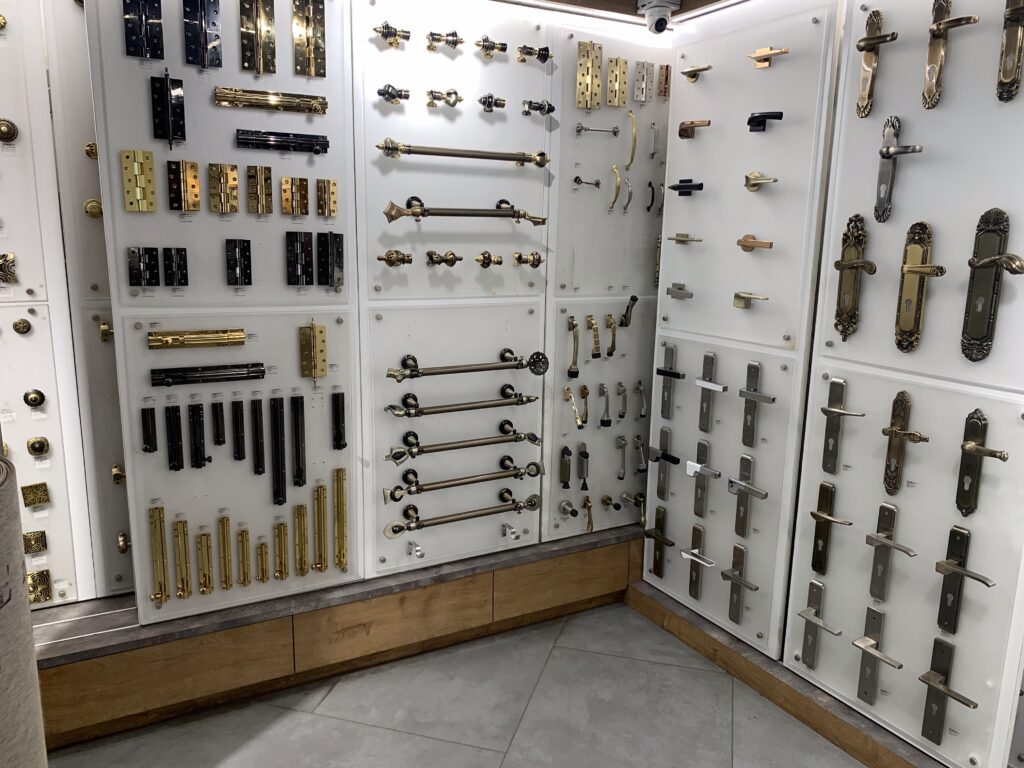
The Rise of Boutique and Custom Interiors
Custom homes, boutique hotels, and luxury spaces demand uniqueness. This has given rise to bespoke hardware—custom-fabricated pieces tailored to specific projects. These unique items serve as jewelry for interiors, reflecting the brand, the homeowner’s personality, or a specific design narrative.
Lorem ipsum dolor sit amet, consectetur adipiscing elit. Ut elit tellus, luctus nec ullamcorper mattis, pulvinar dapibus leo.
The Rise of Boutique and Custom Interiors
Custom homes, boutique hotels, and luxury spaces demand uniqueness. This has given rise to bespoke hardware—custom-fabricated pieces tailored to specific projects. These unique items serve as jewelry for interiors, reflecting the brand, the homeowner’s personality, or a specific design narrative.
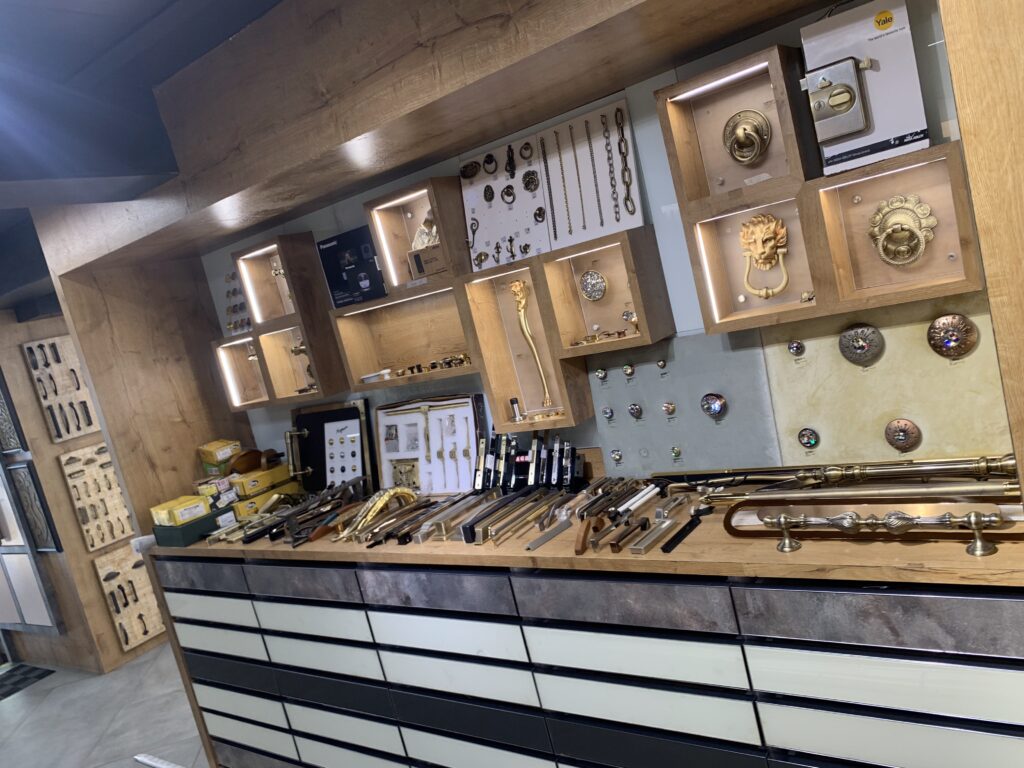
Social Media and Design Awareness
Instagram, Pinterest, and home renovation shows have made even the smallest design detail a talking point. Homeowners are now hyper-aware of design nuances, often asking for the exact door handles or cabinet knobs they’ve seen in luxury interiors online. This visibility has propelled designer architectural hardware to the top of mood boards and design wishlists.
Functionality Has Evolved
It’s not just about aesthetics. Today’s architectural hardware is smarter and more ergonomic than ever. Think soft-close cabinet systems, touch less handles, magnetic latches, and multi-function sliding door systems that seamlessly blend technology with design. These innovations cater to the demand for user comfort, durability, and efficiency, all while keeping the visual appeal intact.
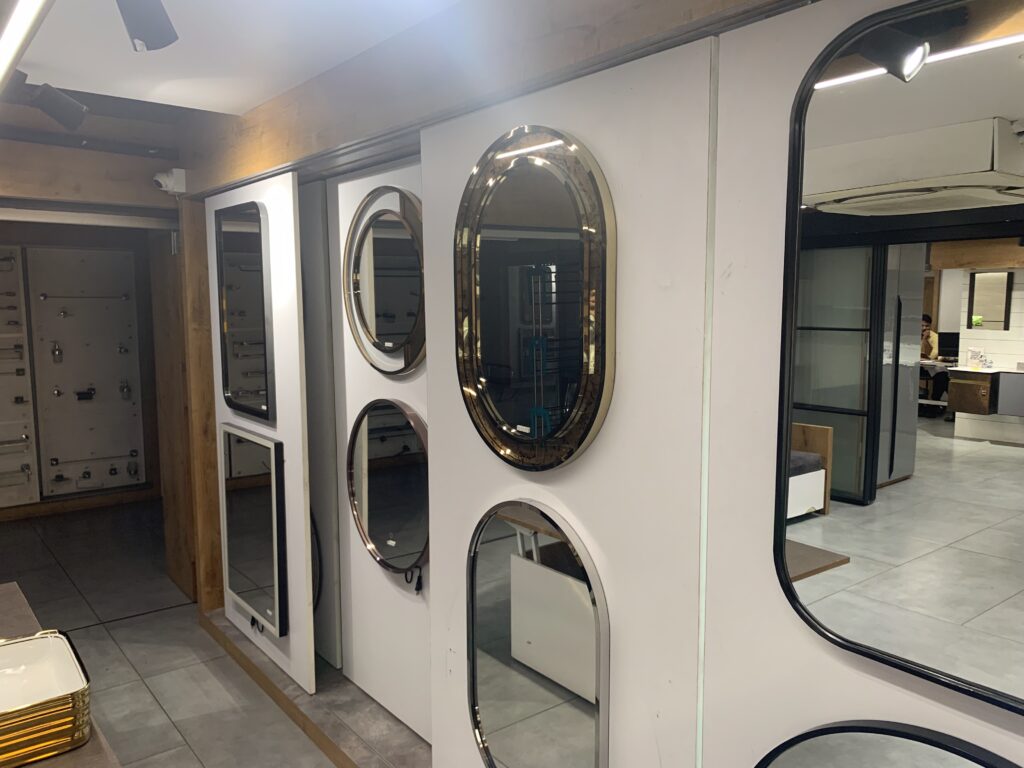
The Material Movement
Another reason behind the popularity is the diversity in material choices. From brushed nickel and stainless steel to antique bronze, satin brass, ceramic, and even leather—designers now have a rich palette of textures and tones to play with. This opens up endless possibilities to match or contrast with flooring, cabinetry, wall colors, and lighting.
Sustainability Is Shaping Hardware Design
Eco-conscious building practices have extended into hardware production. Many manufacturers are now using recycled metals, sustainable finishes, and low-impact production techniques. This appeals to a growing demographic of designers and consumers who prioritize sustainability without compromising on style.
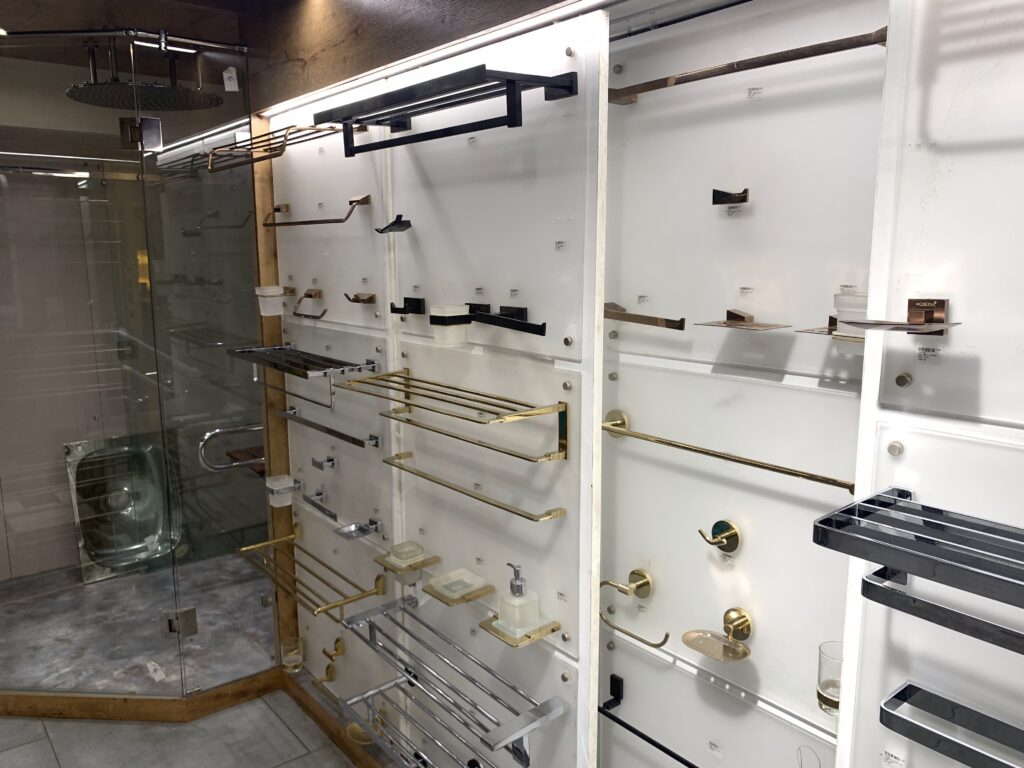
A Symbol of High-End Taste
Just like a luxury watch or tailored suit, designer hardware has become a symbol of taste and refinement. Architects and interior designers now consider these pieces as a key part of their storytelling. It’s the kind of detail that separates good design from exceptional design.
Conclusion: Small Details, Massive Impact
In essence, designer architectural hardware is redefining modern spaces. Its rising popularity isn’t just a fleeting trend—it’s a testament to how people now view their spaces as reflections of their identity. In a world where visual storytelling matters more than ever, even the smallest details speak volumes.
Whether you’re building your dream home, refurbishing a boutique space, or helping clients design memorable environments, investing in designer architectural hardware is a decision that delivers both form and function, now and for years to come.
Stay Tuned for More
In our upcoming blog post, we’ll guide you through the types of architectural hardware every space needs, and how to choose them for maximum impact. From kitchen cabinetry to commercial entryways, we’ll cover it all.

